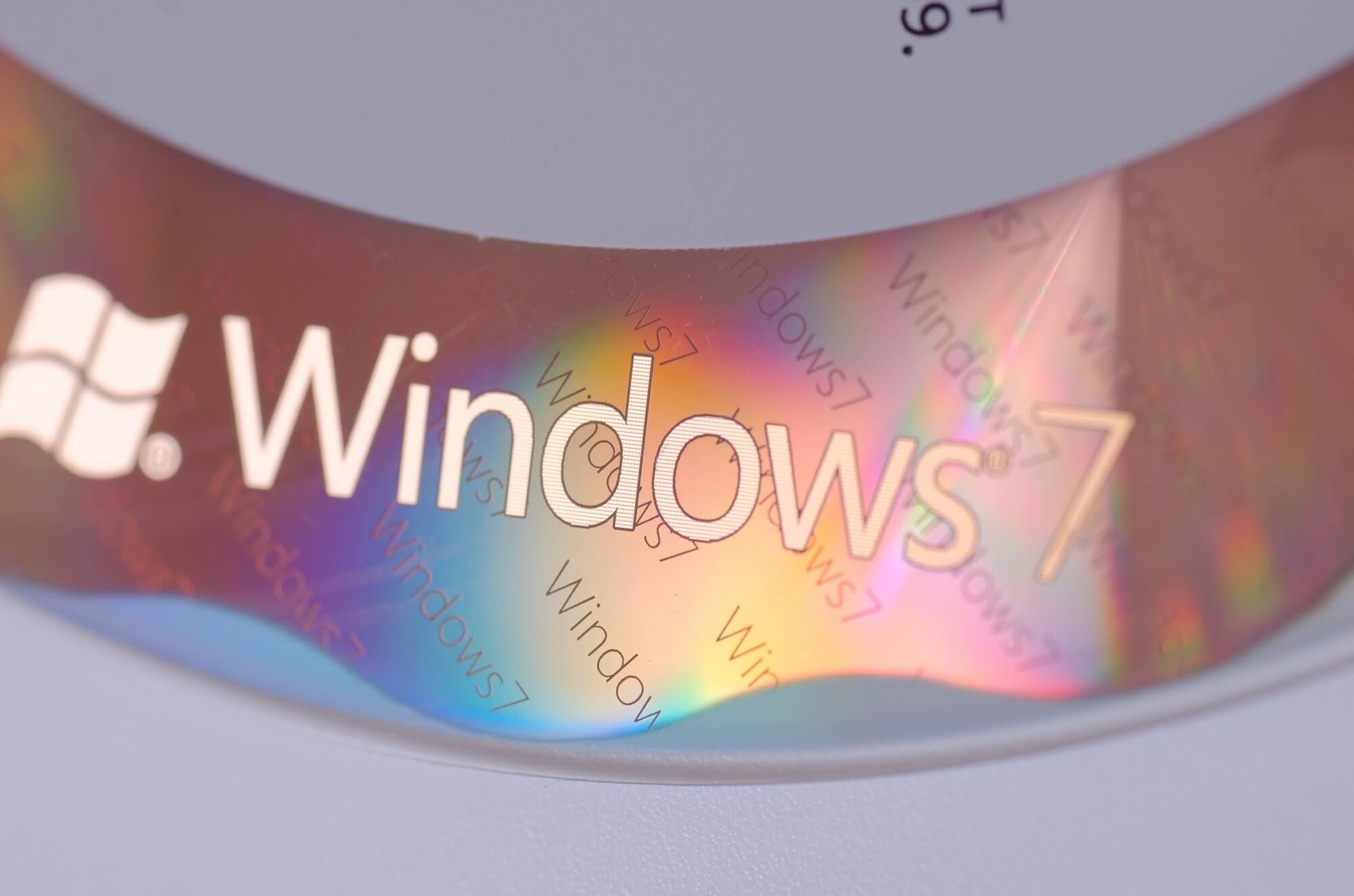In brief: Despite Windows 7's extended support phase coming to an end in eight months' time, it appears users aren't in a hurry to upgrade from the aging OS.
Analytics company NetMarketShare's latest figures show that while Windows 10's market share continues to climb, it is doing so at a slower pace. It went from 43.62 percent in March to 44.10 percent in April. And while Windows 7 declined, it did so by just 0.09 percent---from 36.52 percent to 36.43 percent.
It was only in December that Windows 10 finally surpassed Windows 7 to become the most popular version of the operating system. Surprisingly, the older OS experienced slight growth in February, but has been falling since then, though not as quickly as Microsoft wants.
Windows 7 will no longer receive extended security updates on January 14, 2020. After this point, the only users to receive them will be business and education customers willing to pay the high prices.
In an attempt to get more people to migrate to Windows 10, Microsoft started sending out courtesy reminders last month. These contain a link to pages that offer advice on how to prepare for Windows 7's last days and encourage people to upgrade to Windows 10 or buy a new PC.
Businesses have long been responsible for keeping Windows 7's market share so high, and it appears the hassle and cost of upgrading entire networks of computers is causing many companies to stick with the OS---though the per-device price to receive ESUs after January might make switching a better option financially. There are doubtlessly plenty of individual Windows 7 users, too, many of whom still don't trust Windows 10.

